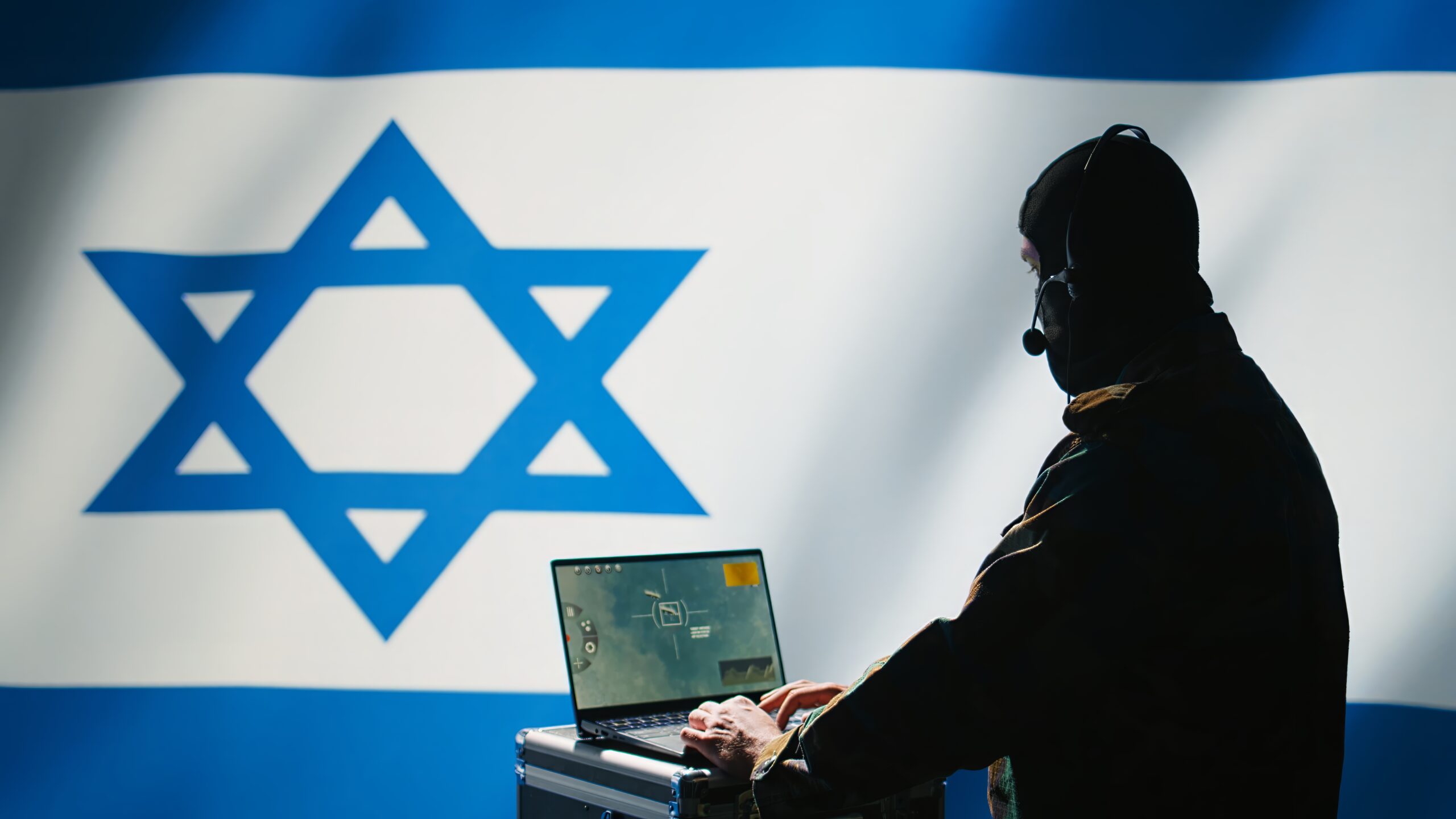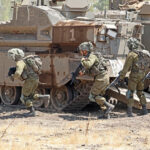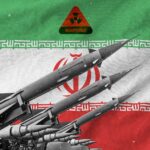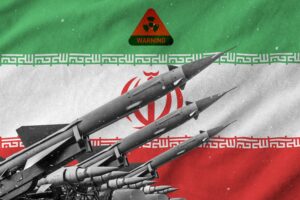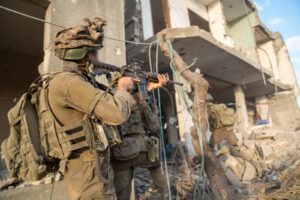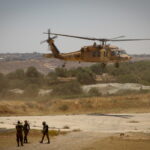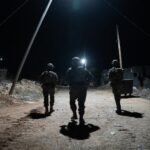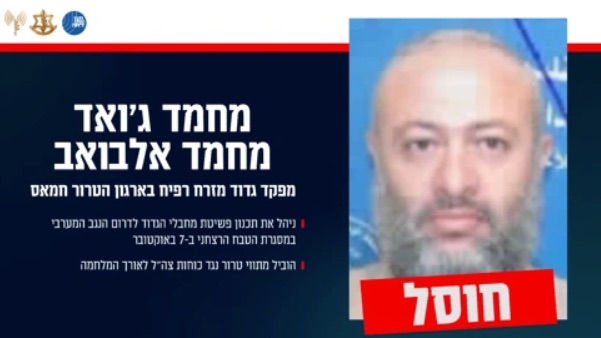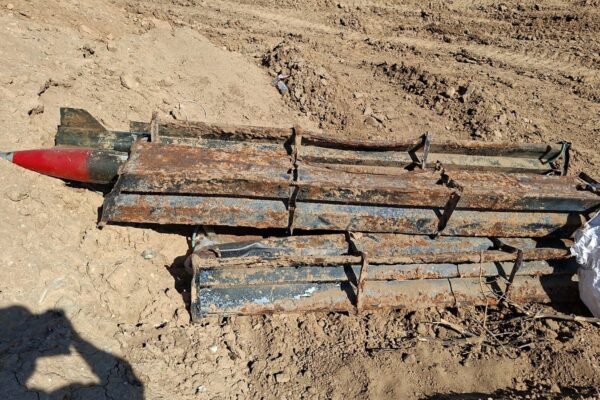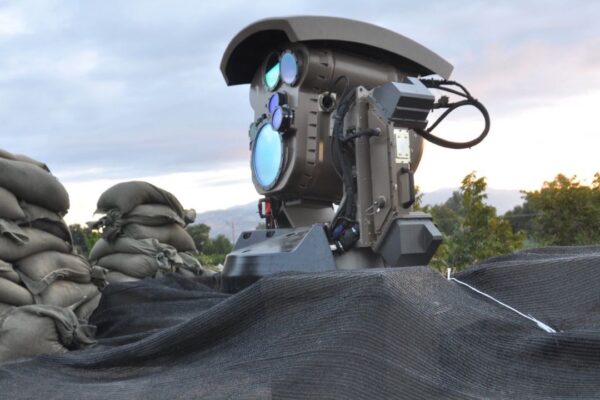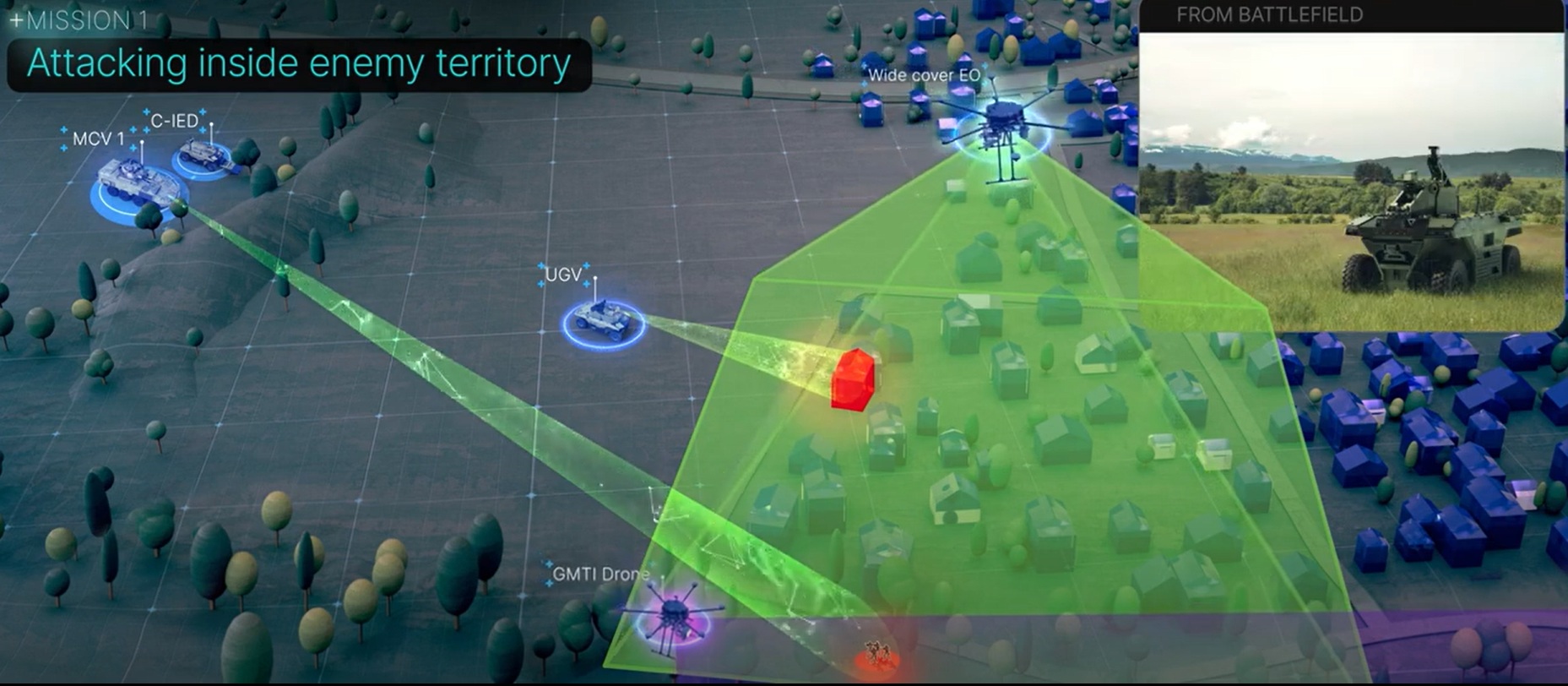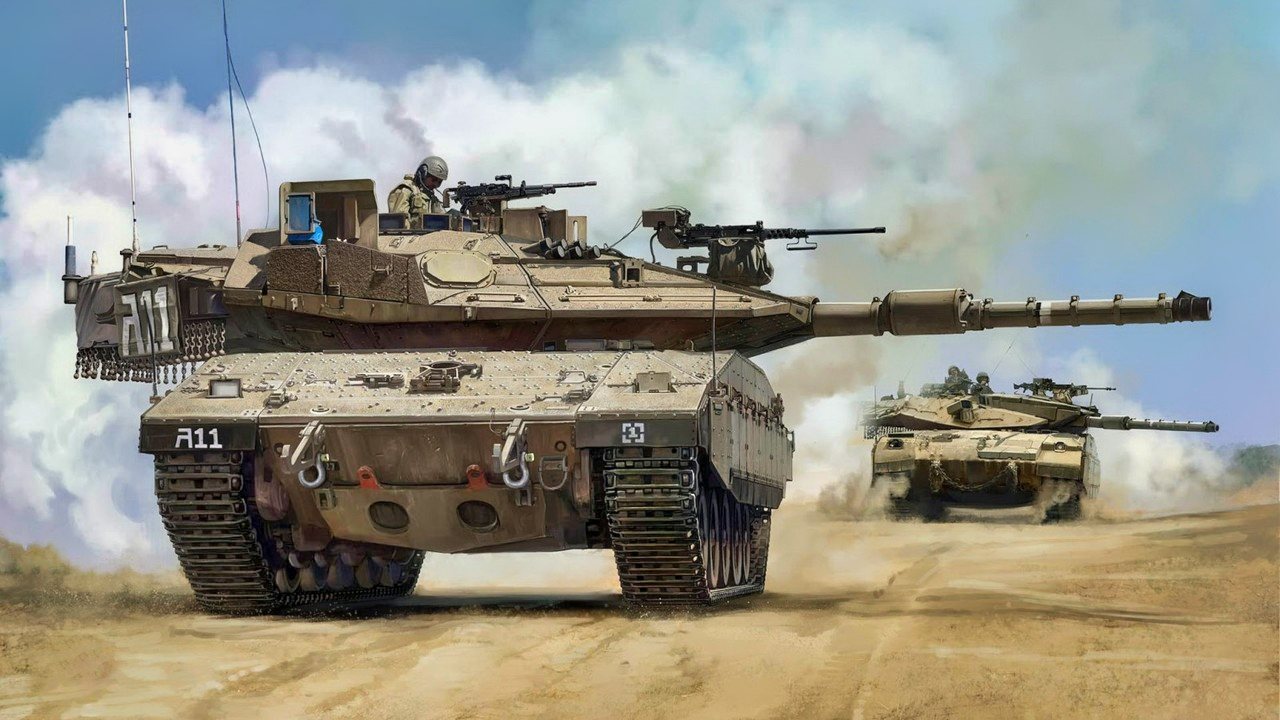Analysts suggest it may take Iran over a decade to rebuild its compromised infrastructure.
By Hezy Laing
Israel’s intelligence services are suspected of orchestrating a massive cyberattack on Iran’s Ministry of Intelligence and Security (MOIS), compromising sensitive data and exposing the inner workings of Tehran’s espionage apparatus.
The breach, which reportedly occurred in late June 2025 during the height of the Israel-Iran conflict, targeted MOIS servers and internal communications networks.
According to leaked transcripts published by SpecialEurasia, the operation was likely coordinated by Unit 8200, the elite cyber division of the Israel Defense Forces (IDF), in collaboration with Mossad.
The hack allegedly extracted thousands of classified documents, including personnel files, operational plans, and surveillance data linked to Iran’s foreign intelligence missions.
Among the most damaging revelations was the exposure of the curriculum and recruitment protocols of Iran’s top spy training facility, the Imam Hossein University in Tehran, often referred to as the “spy school” of MOIS.
The cyberattack coincided with Israeli airstrikes on Iranian military infrastructure and was part of a broader hybrid warfare strategy.
According to Radware’s 2025 Cyber Threat Report, the breach disrupted MOIS’s ability to coordinate cyber operations, including those by affiliated groups like Handala, which had recently targeted Israeli kindergartens with psychological warfare tactics.
IDF Chief of Staff Lt. Gen. Eyal Zamir reportedly oversaw the operation, which was described as a “historic moment” in leaked war room transcriptsThe Times of Israel.
For Iran, the hack is a strategic catastrophe.
It undermines trust within its intelligence community, exposes covert networks, and compromises years of counterintelligence work.
Analysts suggest it may take Iran over a decade to rebuild its compromised infrastructure.
The breach also sends a clear message about Israel’s cyber dominance and its ability to penetrate even the most guarded institutions of its adversaries.


